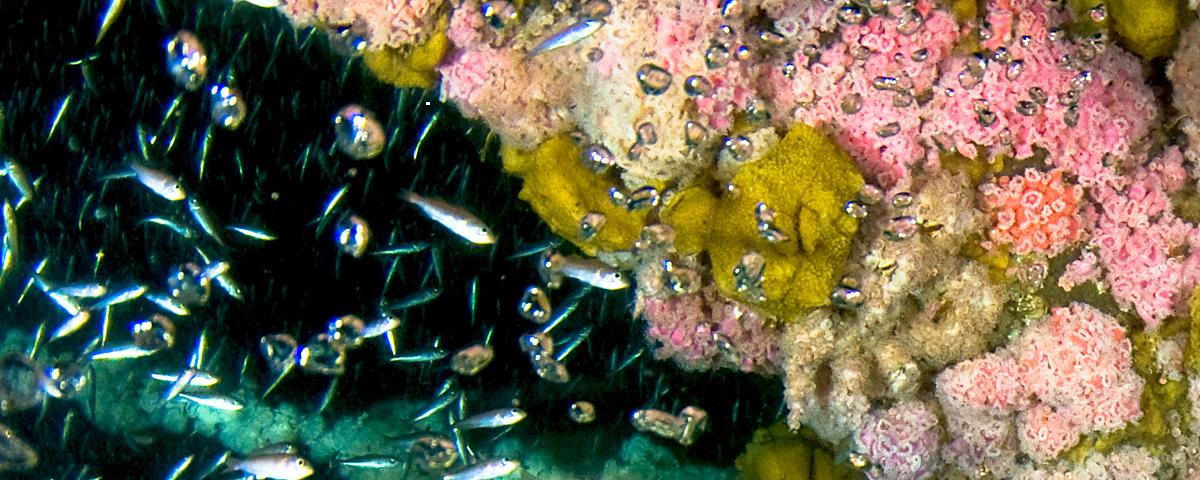Recreational fishing and marine fish populations in California
Abstract
We present and review information regarding recreational angling and exploited marine fish populations in California. A comparison of rockfish assemblages among three differently fished areas (one open to all fishing, another open only to recreational fishing, and a de facto marine protected area) revealed large differences in fish density, size structure, and species composition. The area open to all fishing harbored the highest density of rockfishes (7,212 fish/ha), although the size structure and species composition were dominated by small fishes. The area open only to recreational fishing had the lowest rockfish density (423 fish/ha) and a size structure also dominated by small fishes. The de facto protected area possessed high fish density (5,635 fish/ha), but here the size structure and species composition shifted toward larger fishes compared with the two fished areas. Two species federally listed as overfished, cowcod and bocaccio, had 32-fold and 408-fold higher densities, respectively, in the de facto reserve than observed inside the recreational fishing area, and 8-fold and 18-fold higher densities, respectively, than observed in the area open to all fishing. For 17 nearshore fish species, we compared landings by recreational anglers and commercial harvesters and found that, for 16 species, recreational angling was the primary source of fishing mortality. We illustrate the potential damaging effects of mortality associated with catch-and-release programs on long-lived fish populations.
Based on this information, we recommend that legislators and natural resource managers reject the assumption that recreational fishing is a low or no impact activity until specific studies can demonstrate otherwise.

